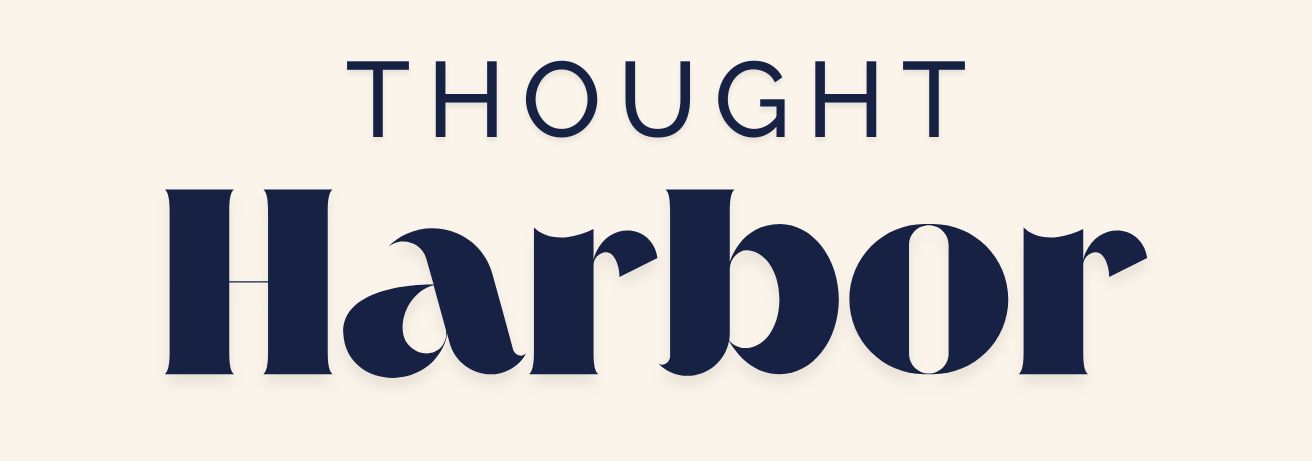Introduction to Fashion Apparel
Fashion apparel is not just about clothing; it is a powerful form of self-expression and an integral part of cultural identity. The fashion industry is a dynamic and ever-evolving landscape that influences and is influenced by various factors including art, history, and societal changes. As we delve into the world of fashion apparel, it is essential to understand its significance and the role it plays in shaping personal style and cultural trends.
The Evolution of Fashion Trends
Fashion trends are a reflection of the times, capturing the essence of an era through style and innovation. Over the decades, fashion has evolved from the opulent designs of the early 20th century to the minimalist and sustainable trends of today. This evolution is driven by various factors such as technological advancements, cultural shifts, and economic changes.
For instance, the 1920s saw the rise of flapper dresses and the liberation of women’s fashion, while the 1960s brought about bold prints and rebellious styles. In recent years, there has been a significant shift towards sustainability, with consumers increasingly seeking eco-friendly materials and ethical production practices. This shift is a testament to the growing awareness of environmental issues and the fashion industry’s role in addressing them.
Understanding these trends helps consumers make informed choices about their wardrobe, aligning their personal style with broader cultural movements. It also highlights the importance of fashion as a medium for social commentary and change.
The Role of Fashion in Personal Expression
Fashion is a powerful tool for personal expression, allowing individuals to convey their identity, mood, and values through their choice of clothing. From bold statement pieces to subtle accessories, every element of an outfit tells a story about the wearer.
Personal style is often influenced by a variety of factors, including cultural background, personal experiences, and individual preferences. For many, fashion is a way to experiment and explore different facets of their personality, pushing the boundaries of conventional style norms.
Moreover, fashion can serve as a form of empowerment, enabling people to present themselves confidently and authentically. Whether it’s through adopting a unique style or embracing trends that resonate with their values, fashion offers endless possibilities for self-expression.
Fashion and Cultural Identity
Fashion is deeply intertwined with cultural identity, serving as a reflection of heritage and tradition. Across the globe, traditional garments and textiles are celebrated for their craftsmanship and cultural significance, often influencing contemporary fashion designs.
For example, the intricate patterns of African textiles or the vibrant colors of Indian saris have inspired designers worldwide, leading to a fusion of traditional and modern elements in fashion. This blend not only preserves cultural heritage but also introduces it to a global audience, fostering appreciation and understanding across cultures.
Fashion’s role in cultural identity is also evident in the way communities use clothing to express solidarity and pride. National costumes and traditional attire are often worn during cultural festivals and events, highlighting the unique identity of a community while celebrating its history and traditions.
The Future of Fashion Apparel
As we look to the future, the fashion industry is poised for significant transformation. Technological advancements, such as 3D printing and smart fabrics, are revolutionizing the way clothing is designed and produced. These innovations promise greater customization, efficiency, and sustainability in fashion.
Additionally, the rise of digital platforms and social media has democratized fashion, giving consumers more influence over trends and brand narratives. This shift is empowering individuals to demand more transparency and accountability from fashion brands, pushing the industry towards more ethical and sustainable practices.
Ultimately, the future of fashion apparel lies in its ability to adapt and innovate, meeting the changing needs and values of consumers while continuing to inspire and captivate audiences worldwide.









